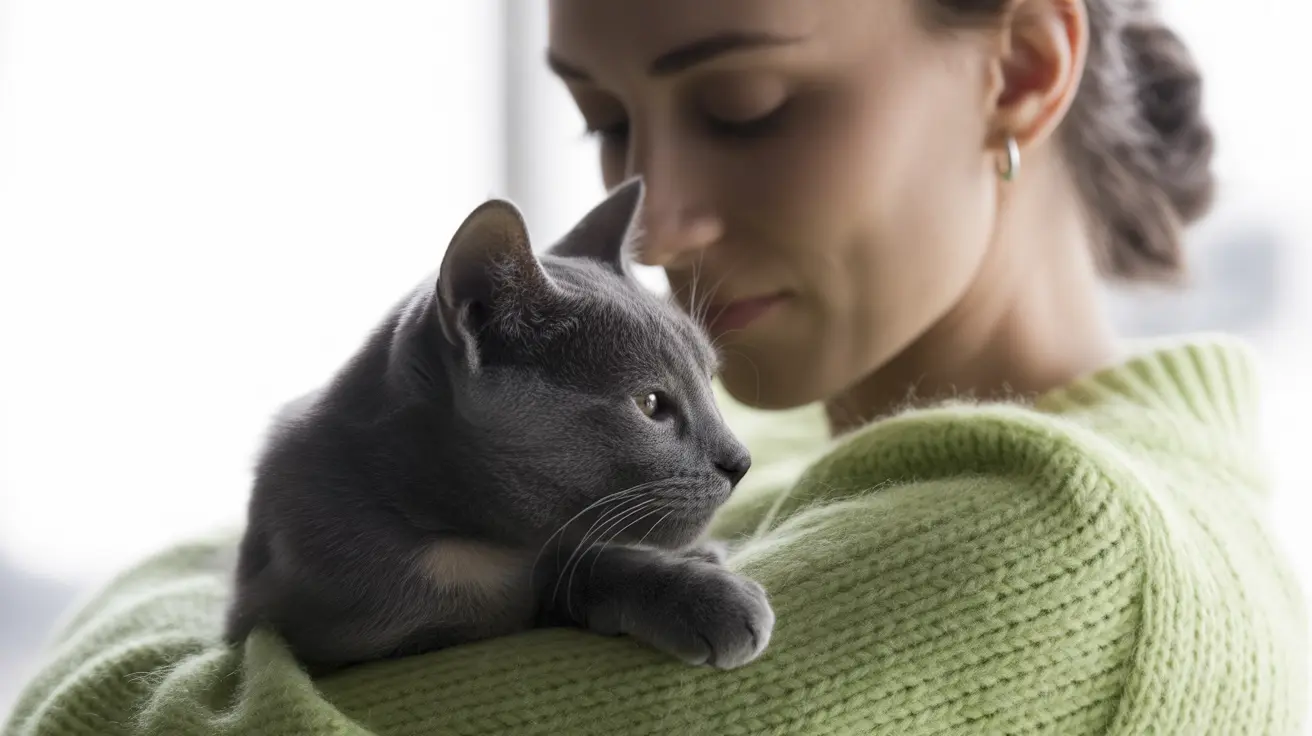As holiday celebrations and special events approach, many pet owners face a common challenge: dog fireworks anxiety. The sudden loud bangs, bright flashes, and unexpected explosions that delight humans can create intense fear and stress in our canine companions. This widespread issue affects millions of dogs worldwide, leaving pet parents searching for effective solutions to help their furry family members cope.
The impact of fireworks on dogs extends far beyond a few moments of discomfort. Many pets experience acute stress responses that can last for hours or even days after the displays end. Understanding why dogs react so strongly to fireworks and learning how to support them during these challenging times is essential for responsible pet ownership.
Why Fireworks Trigger Fear in Dogs
Dogs possess highly sensitive hearing that allows them to detect sounds at frequencies and volumes far beyond human capability. When fireworks explode, the sudden, unpredictable noise creates an overwhelming sensory experience that triggers their natural fight-or-flight response. Unlike thunder, which often builds gradually with warning signs like changes in barometric pressure, fireworks appear without notice, making them particularly startling.
The combination of loud noises, bright flashes, and strange chemical smells creates a multi-sensory assault that many dogs interpret as a serious threat. This primal fear response served their ancestors well in the wild, but in our modern world, it becomes a source of significant distress during celebrations.
How to Calm a Scared Dog During Firework Displays
Creating a safe environment is the first line of defense against firework-induced anxiety. Establish a quiet, comfortable space in your home where your dog can retreat during displays. This area should be away from windows and external noise, equipped with familiar bedding, favorite toys, and fresh water.
Sound masking techniques can significantly reduce the impact of firework noise. White noise machines, calming music specifically designed for dogs, or even television at moderate volume can help muffle the sharp sounds of explosions. Some pet owners find success with anxiety wraps or pressure garments that provide gentle, constant pressure similar to swaddling.
Maintaining your own calm demeanor is crucial, as dogs often mirror their owner's emotional state. Avoid reinforcing fearful behavior by over-comforting or acting anxious yourself. Instead, engage in normal activities and provide gentle reassurance without making a big fuss about the situation.
Anti-Anxiety Medication for Dogs and Professional Treatment Options
For dogs with severe noise phobia, veterinary intervention may be necessary. Professional treatment often involves a combination of behavioral modification and medication management. Veterinarians may prescribe anti-anxiety medications such as trazodone, alprazolam, or specialized products like Sileo gel, which is specifically approved for noise aversion in dogs.
Long-term solutions often include desensitization training, where dogs are gradually exposed to recorded firework sounds at low volumes while engaging in positive activities. This process requires patience and consistency but can significantly reduce anxiety over time. Some pet owners also explore natural remedies like pheromone diffusers, herbal supplements, or CBD products, though these should always be discussed with a veterinarian first.
Pet-Safe Fireworks Alternatives and Community Solutions
The growing awareness of fireworks' impact on pets has led to increased interest in silent fireworks for pets and low-noise alternatives. These innovative displays create stunning visual effects while minimizing the loud explosions that cause distress. Many communities are beginning to adopt these pet-friendly options for public celebrations.
Beyond noise considerations, traditional fireworks create environmental challenges that affect pets and wildlife. The chemical residue and debris left behind can contaminate areas where animals live and play, while air pollution from firework displays can impact respiratory health in sensitive pets.
Environmental Impact and Broader Considerations
The effects of fireworks extend beyond immediate noise concerns. Heavy metals and toxic chemicals released during displays can contaminate soil and water sources, affecting local ecosystems where pets and wildlife live. This environmental impact creates long-term health risks that responsible pet owners should consider when advocating for pet-safe celebration alternatives.
Many cities and communities are recognizing these concerns and implementing regulations about firework timing, locations, and types allowed. Some areas now designate specific times for displays and promote advance notice to help pet owners prepare.
Frequently Asked Questions
Why are dogs scared of fireworks and how can I tell if my dog is anxious during fireworks?
Dogs are scared of fireworks because of the sudden loud noises and bright flashes, which cause acute stress and fear. Signs of anxiety include trembling, pacing, panting, hiding, vocalizing, drooling, and destructive behaviors like trying to escape.
How can I help calm my dog during fireworks displays?
You can create a safe, quiet space away from windows, use white noise or calming music to mask sounds, provide pressure wraps like a Thundershirt, and offer treats or toys. Some dogs may benefit from behavioral training or medication prescribed by a veterinarian.
Are there medications that veterinarians recommend for dogs with firework anxiety?
Yes, veterinarians may prescribe anti-anxiety medications such as trazodone, Xanax, Sileo gel, or antidepressants like fluoxetine to help manage noise phobia. Over-the-counter options like Benadryl can cause sedation but aren't always sufficient.
What are low-noise or silent fireworks and why are they important for pets?
Low-noise or silent fireworks produce visual effects without loud bangs, significantly reducing auditory stress on pets and wildlife. They are promoted as a more animal-friendly alternative to traditional fireworks, helping lessen fear and anxiety in sensitive animals.
How does firework pollution affect the environment and pets aside from noise?
Fireworks release harmful chemicals and heavy metals into air, water, and soil, leading to pollution that can harm wildlife and aquatic life. Debris from fireworks also litters the environment, and the chemicals may impact pets' habitats and health.
Moving Forward with Compassionate Celebrations
Understanding and addressing dog fireworks anxiety requires patience, preparation, and sometimes professional help. By recognizing the signs of distress and implementing appropriate calming strategies, pet owners can significantly reduce their dogs' suffering during firework displays. As communities become more aware of these issues, the future may bring more pet-friendly celebration options that allow everyone – including our four-legged family members – to enjoy special occasions without fear or stress.






